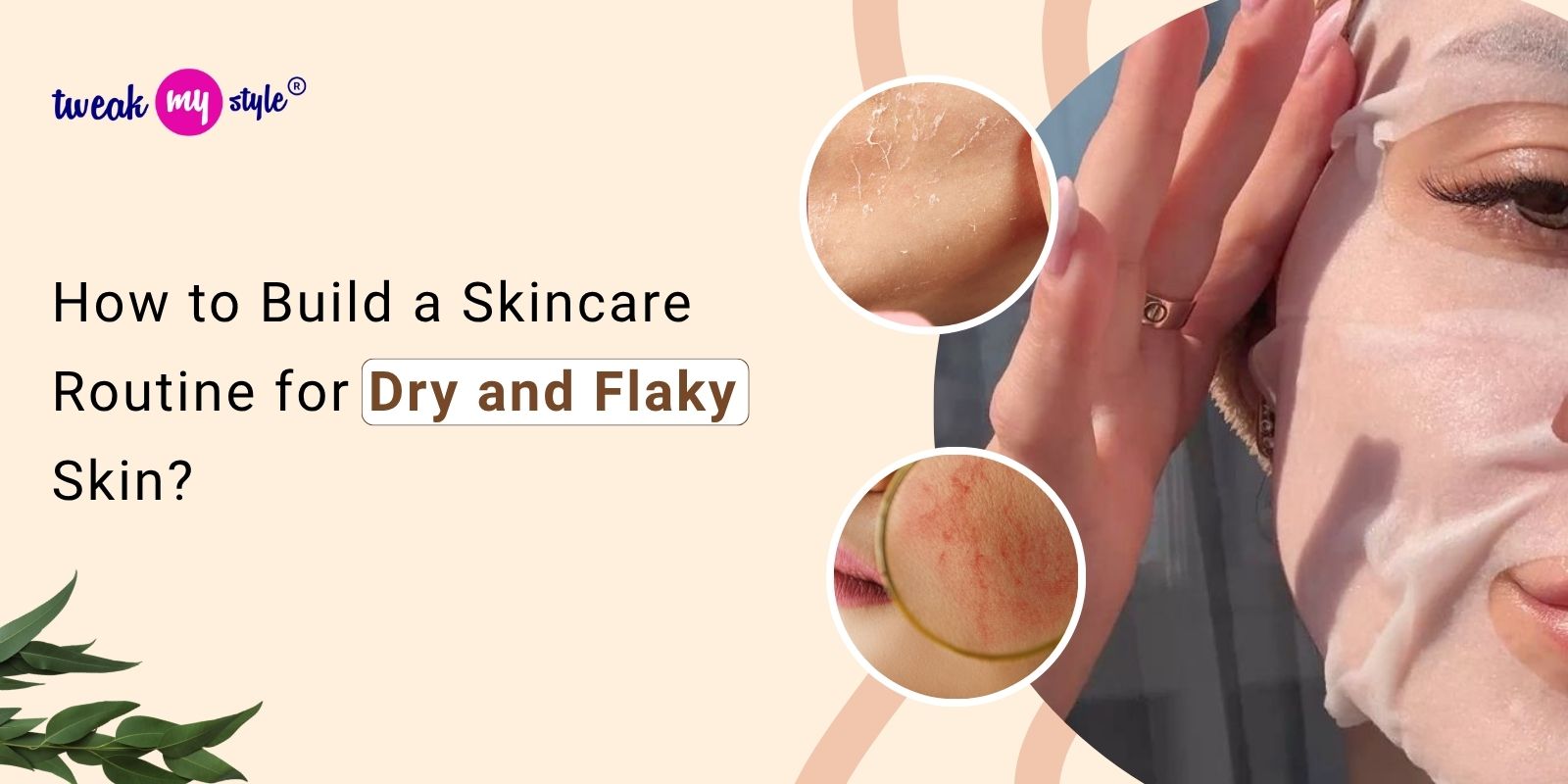Dry and flaky skin can be uncomfortable, embarrassing, and just plain frustrating. It feels tight, itchy, and often looks dull. But the good news is that with the right skincare routine, you can significantly improve the condition of your skin and regain a healthy, hydrated glow. This blog post is your comprehensive guide to understanding dry skin, choosing the right products, building a routine that works, and troubleshooting common issues.
Understanding Dry Skin: What's Going On?
Dry skin, or xerosis, isn’t just about a lack of water. It’s a complex issue related to your skin’s barrier function. Here’s a breakdown:
- The Skin Barrier: Your skin’s barrier is the outermost layer, composed of lipids (fats) and natural moisturizing factors (NMFs). This barrier acts as a shield, preventing moisture loss and protecting against environmental damage.
- Why Dry Skin Happens: In dry skin, this barrier is compromised. This could be due to:
- Genetics: Some people are simply predisposed to drier skin.
- Environmental Factors: Cold weather, low humidity, sun exposure, and harsh winds all strip moisture.
- Hot Showers/Baths: Hot water dissolves natural oils.
- Harsh Soaps & Cleansers: Many commercial products contain ingredients that strip away natural oils.
- Age: As we age, our skin produces less oil.
- Medical Conditions: Conditions like eczema, psoriasis, and hypothyroidism can contribute to dry skin.
- Medications: Certain medications can have a drying effect.
- The Flakes: Those flakes you see? They're dead skin cells that aren't shedding properly due to the lack of moisture and impaired barrier function.
Key Ingredients to Look For (and Why!)
Building a Skincare Routine for Dry and Flaky Skin means selecting products packed with ingredients that address the core issues of dry skin. Here's a breakdown of powerhouse ingredients:
- Humectants: These ingredients draw moisture from the environment and deeper layers of the skin.
- Hyaluronic Acid: A moisture magnet – it can hold up to 1000 times its weight in water!
- Glycerin: Another excellent humectant, widely available and effective.
- Honey: A natural humectant with antioxidant and antibacterial properties.
- Aloe Vera: Soothes and hydrates.
- Emollients: These soften and smooth the skin by filling in cracks and gaps in the skin barrier.
- Ceramides: Lipids naturally found in the skin that are essential for barrier function. Look for products that replenish these.
- Shea Butter: Rich in fatty acids and vitamins.
- Cocoa Butter: Another rich emollient.
- Squalane: A lightweight, non-comedogenic (won't clog pores) emollient.
- Plant Oils (Jojoba, Argan, Rosehip): These mimic the skin's natural oils and provide essential fatty acids.
- Occlusives: These create a physical barrier to prevent moisture from escaping.
- Petrolatum (Vaseline): Considered the gold standard occlusive.
- Mineral Oil: Another effective occlusive. (Often misunderstood, but generally safe for skincare.)
- Beeswax: A natural occlusive.
- Lanolin: Derived from sheep’s wool; very effective, but can cause allergic reactions in some.
Building Your Skincare Routine: A Step-by-Step Guide
Here's a sample routine tailored for dry, flaky skin. Remember to introduce new products slowly to ensure your skin tolerates them.
1. Cleansing (Gentle is Key!)
- What to Avoid: Harsh soaps, foaming cleansers, anything with sulfates (like SLS/SLES).
- What to Look For: Cream cleansers, cleansing oils, cleansing balms. Look for phrases like "gentle," "hydrating," or "for dry/sensitive skin."
- How Often: Once daily, in the evening. Skip cleansing in the morning unless your skin feels particularly congested. Simply rinse with lukewarm water.
2. Toner (Optional, but Beneficial)
- What to Look For: Toners with hydrating ingredients like hyaluronic acid, glycerin, or rosewater. Avoid toners with alcohol or astringent properties.
- How to Use: Apply with a cotton pad or directly onto the skin.
3. Serum (Hydration Boost!)
- What to Look For: Serums containing hyaluronic acid, ceramides, or other beneficial ingredients mentioned above.
- How to Use: Apply a few drops and gently pat into the skin.
4. Moisturizer (The Cornerstone of Your Routine!)
- What to Look For: A rich, emollient moisturizer with ceramides, shea butter, or plant oils. Consider a double-moisturizing approach (layering two moisturizers).
- How to Use: Apply generously, morning and night.
5. Facial Oil (Sealing in Moisture)
- What to Look For: Jojoba oil, argan oil, rosehip oil, or a blend of oils.
- How to Use: Apply a few drops after moisturizer, especially at night.
6. Sunscreen (Protection is Essential!)
- What to Look For: A broad-spectrum SPF 30 or higher. Look for mineral sunscreens (zinc oxide or titanium dioxide) as they are often gentler on sensitive skin.
- How to Use: Apply every morning, even on cloudy days.
Weekly Treatments (Extra TLC)
- Exfoliation (Gently!): Dry, flaky skin needs gentle exfoliation to remove dead skin cells. Avoid harsh scrubs. Look for enzymatic exfoliants (containing fruit enzymes) or very fine-grained chemical exfoliants like lactic acid. Limit to once or twice a week.
- Masks: Hydrating masks with ingredients like honey, hyaluronic acid, or avocado can provide an extra boost of moisture.
Troubleshooting Common Issues
- Skin Still Feels Tight: You may need a richer moisturizer or a double-moisturizing approach. Consider adding a facial oil to your routine.
- Flakes Persist: Ensure you’re exfoliating gently and consistently.
- Redness and Irritation: You may be using a product that is too harsh for your skin. Review your ingredients and consider patch-testing new products.
- Breakouts: While less common with dry skin, clogged pores can still occur. Ensure your products are non-comedogenic.
Lifestyle Factors: Supporting Your Skincare Routine
Your skincare routine is only one piece of the puzzle. These lifestyle factors also play a crucial role:
- Hydration: Drink plenty of water throughout the day.
- Humidifier: Use a humidifier, especially during dry seasons.
- Diet: Consume a diet rich in essential fatty acids (omega-3s) found in fish, flaxseeds, and walnuts.
- Avoid Hot Showers: Opt for lukewarm water.
- Protect Your Skin: Wear gloves and scarves in cold weather.















Share this post on: